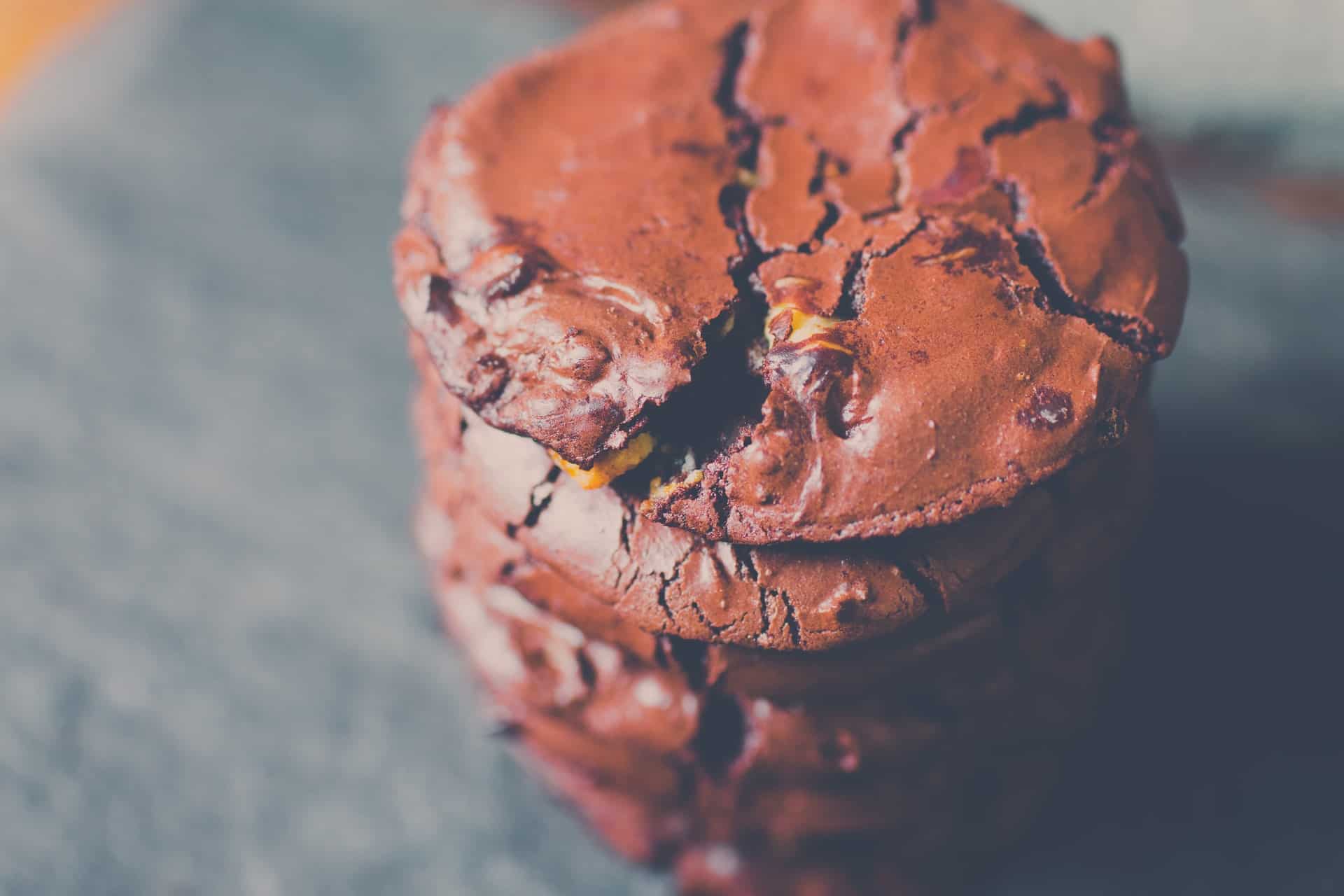Trying out a gluten-free diet? Dealing with gluten intolerance or celiac and just absolutely craving breads and cakes? Gluten is the foundational structure of many recipes and if you simply replace the wheat flour the recipe calls for with a gluten-free alternative, your baked goods won’t come out well at all. It takes a special touch and a little bit of ingenuity to get your baked goods tasting just right when you’re forgoing the gluten.
We’ve compiled a list of tips and tricks for the home baker in all of us to get the perfect baked treats you’re after time and time again.
Structural Integrity
As we mentioned, gluten is often the “glue” that holds together most baked goods. Without the network of proteins that gluten provides, keeping your baked goods in their proper shape and texture may be more difficult than it otherwise would.
One alternative is to use products like dry milk solids or even cottage cheese to provide your baked goods with the structural base that they need.
You also need to be extremely careful when kneading and beating doughs and batters because you have to do the opposite of what is usually taught. Gluten-based recipes demand you never overwork your ingredients for fear of over-developing your gluten and getting a cake with a texture of chewing gum.
In gluten-free batters, you need to mix extremely well, far beyond how long you would mix a gluten-based baked good, in order to get a better rise and good chew. This structure also helps support mix-ins like chocolate chips and dried fruit from sinking entirely to the bottom of your desert.
Use The Right Measuring Techniques
While it might be easy to stick your measuring cup into a bag of almond flour and pour it into a mixing bowl, you actually shouldn’t use this technique with gluten-free flours.
First, flours and starches used to replace gluten in most recipes come in small containers which make it hard to use the dip-and-sweep method popularized with wheat flour. Additionally, many of these alternatives are very fine and hard to pack evenly in the measuring cup in the same way as wheat flour.
The best technique is to forego the measuring cup altogether and rely on a small kitchen scale. These will allow you to get precise measurements while preparing your favorite recipes.
If you don’t have access to a kitchen scale, or simply can’t be bothered to dig it out of hiding, here are some steps that you can follow to get the best results with your gluten-free baking:
- Place a sheet of paper towel or parchment paper onto your counter
- Place the measuring cup onto the paper
- Spoon flour into the measuring cup, shaking occasionally to settle the flour
- Continue spooning flour into the measuring cup until it is mounded over the rim
- Use the back end of a butter knife to scrape away excess flour onto the paper to level
- Use the paper to funnel excess flour into your storage container
Give Yourself Time
You may have heard some horror stories online about gluten-free baked goods that all revolve around a grit or sand-like texture. Oftentimes, this is caused by not letting your batter rest long enough for the wheat flour alternatives to hydrate fully.
It’s important to cover the batter while it’s resting, and give it a minimum of 30 minutes to rest before baking. This does more than just allow the flours to hydrate, too. It thickens the batter, which can help mix-ins stay in place rather than just sinking right to the bottom.
You also want to keep your baked goods in the oven far longer than you normally would. Normally, when a skewer comes out clean, it’s time to take out your baked goods, right? But you’ll find that, if you take your baked treats out of the oven once the toothpick is clean, you’ll end up with a gummy texture. Instead, bake about 20 minutes past the point that the toothpick comes out clean for a perfectly baked treat.
Why does this happen? Well, gluten-free baked goods usually need to be much more hydrated, and there needs to be extra time given in the oven for that liquid to go from gummy and dense to fluffy and delicious.
Too Much Work?
We get it, gluten-free baked goods are sometimes the complete opposite to wheat-based cooking.
Outrageous Baking can help you maintain your gluten-free diet while still indulging in your favorite baked goods (without the guilt).
We offer a variety of gluten-free and dairy-free treats that taste just like your mom’s homemade recipes. From cinnamon coffee cake to pumpkin or chocolate zucchini bread, our gluten-free breads and cakes are a true delight. Visit our store today to find delicious gluten-free treats that your entire family will enjoy in good health!


